The Motorsport Industries Association, which represents the commercial interests of all facets of the industry and is the only body of its type, traditionally hosts its annual Business Growth Conference on the Thursday prior to the British Grand Prix.
This year, as per previous years, the venue was a marquee erected on the premises of Racing Point (formerly Force India) opposite Silverstone’s main gate, and thus easily accessible to those with Formula 1 business interests.Since Formula 1’s commercial rights holder announced that the sport planned to introduce a number of tender, specification and prescription parts and further control spend via cost caps as from 2021, jitters have been felt throughout the industry – and particularly within the United Kingdom, where eight of the 10 current teams operate bases ranging from wind tunnel installations and model shops to fully-fledged factories.
Where teams currently design and manufacture – or sub-contract the processes – virtually every chassis and drive-line component bar wheel rims, friction items and fuel tanks, under the proposed regulations an increasing number of components will be manufactured to specification. As outlined previously, out goes the current ‘listed parts’ terminology, to be replaced by:
Team-specific components (TSC): whose intellectual property is owned by a team effectively ‘listed parts’
Standard supply components (SSC): manufactured by a single supplier via the FIA tender process
Stipulated Design Components (SDC): manufactured to specification stipulated by the FIA
Transferable components (TRC): components supplied by teams to teams, at prices agreed under cost cap regulations
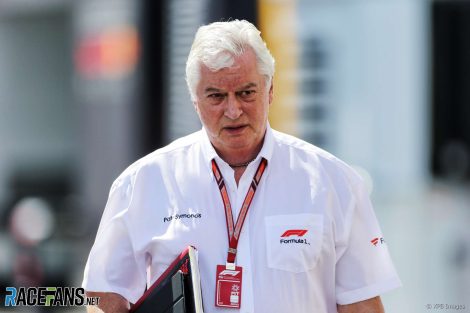
True, suppliers could tender for one or other component, but many are one-man businesses that are geared up to supply a two-car team rather than the entire grid. However it is sliced, the 2021 regulations will impact on the industry, and thus MIA members.
Thus it fell to Pat Symonds, F1’s chief technical officer and an engineer who lead teams which won multiple championships with the likes of Michael Schumacher and Fernando Alonso, to allay the industry’s credible fears and explain the rationale behind the changes to MIA members.
Advert | Become a RaceFans supporter and
Symonds opened his address by reminding listeners that the ultimate regulator of the sport is the FIA, with Formula One – formerly known as Formula One Management/Administration depending upon the exact activity – providing input to the governing body. Of course, Formula One has every interest in ensuring that the product delivers a world-class spectacle (and thus profits), but the final decision lies with the FIA.
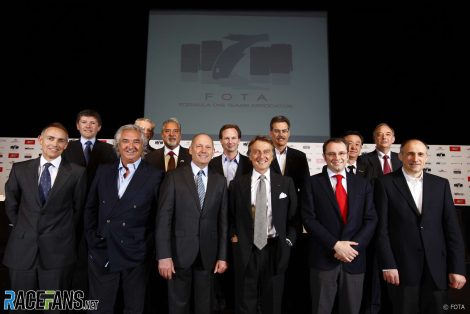
“In the past this has been a very distinct difference,” Symonds continued. “There is more integration now, and all of what I’m going to talk to you about is what we’re doing within Formula One to try and help the FIA to produce regulations that will enhance the product for us. But ultimately it is only the FIA who can produce those regulations. They can listen to us, they can work with us, but it’s the FIA who’s responsible for those regulations.”
Recapping the recent history which brought us to this point, Symonds discussed how the now-defunct Formula One Teams Association, formed back in 2008 as the global economic crisis bit, paved the way for some of the current thinking in the sport. True, FOTA also had as its objective a revised Concorde Agreement and change of governance process, but the fact is that, as Symonds pointed out, the teams’ association “introduced a number of voluntary measures to Formula 1 to reduce costs and ensure the economic stability of the sport.”
“These measures included a huge reduction in in-season testing, limits on the number of people who went to races and, perhaps the most effective of all, a limitation on the amount of aerodynamic research that was done, both in wind tunnels and in Computational Fluid Dynamics, which of course then led to less parts being produced, and at less cost to the teams in total.”
The ultimate outcome, said Symonds, was that F1 hadn’t ‘wasted’ that crisis, but had protected the business by taking appropriate action in a timely manner. “Like many other businesses that went through the recession [F1] came out the other side leaner, more efficient and actually stronger than ever.”
Now 10 years on, the sport faces further challenges. “Formula 1 teams have grown beyond all recognition, and advertising budgets and sponsorship have found many new outlets, which have really hurt our sport.
“We’re not alone in having to react to this very different [connected] world, and in Formula 1 I think we are now recognising this. The previous owner of Formula 1 probably didn’t, probably wasn’t interested in it, but since Liberty Media took over as the commercial rights holder it’s very much on the horizon.”
The commercial picture is, explained Symonds, totally different: “Don’t get me wrong, it’s nowhere near as dire as it was 10 years ago, but the main difference now is that we have three, maybe even two teams who are achieving success through prolific spending.
Advert | Become a RaceFans supporter and
“The other teams are finding the competition for sponsorship extremely difficult because of all the new media that’s available to those advertising budgets. And this come at a time when the regulations mean that incremental improvements, those marginal gains, are the ones that bring success, and they are expensive.
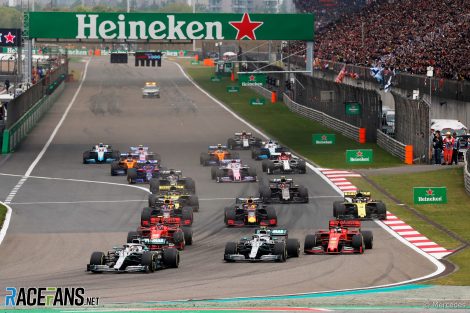
Then a crucial point, for Symonds references reduced revenues from the sport: “At the same time the sponsorship income is diminishing for the mid-grid teams, so too is their other source of income, and that is the income from us, the commercial rights holder.”
This was due to, said Symonds, race promoter deals that were renegotiated out of necessity, in turn forcing expanded calendars to make up for lost revenues. But, of course, more races cost the teams more money…
However, according to Symonds, such expansion also creates new markets for feeder categories in countries such as China, which Liberty plans to develop into an important market, with trickle-down effects for motorsport suppliers. Liberty intends to assist promoters in creating national feeder series.
Thus, Formula One (the company) embarked on a multi-faceted programme, with the top priority being entertainment as per the mission statement: “To unleash the greatest racing spectacle on the planet. Formula 1 should be the world’s leading global sports competition, married to state-of-the-art technology, to excite engagement with all fans of all ages, and iconic live events and live celebrations across the world.”
However, Symonds recognises that F1’s supplier base is concerned that Liberty’s initiatives are an impediment to growth, that cost caps will result in reduced income and that standard parts will erode business.
He does not believe that will happen, but challenged his audience to: “Look me in the eye and tell me that you believe that without any intervention Formula One will flourish in the future. Because I believe it won’t.”
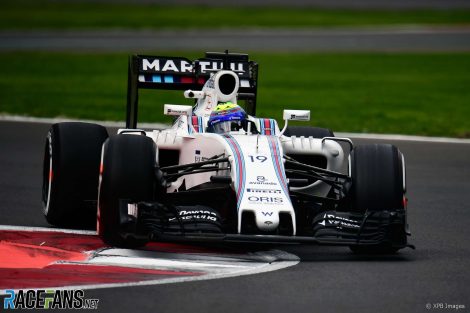
Thus, he said, there was still plenty of money to be earned provided suppliers won tenders and diversified where possible.
Equally, he told the audience, standard parts were “a necessity to achieve financial stability for teams, even with the budget cap.
“While we have a sport where marginal gains exist, and no matter how marginal those gains are, and prolific spend will bring performance to the big teams that is not available to the teams on the lower budget.”
Go ad-free for just £1 per month
>> Find out more and sign up
Formula One (the company) had not, Symonds stressed, taken the question of single-source supply lightly. “We understand the dangers to the sport and to the supply chain, but many of you will know that my colleagues and I spend a considerable amount of time engaging with you and engaging with teams before considering single-supply.
“This in itself is novel; I don’t think either the regulator or the commercial rights holder has ever engaged with the supply chain in this way before.”

In fact, he pointed out, multiple suppliers had already been appointed for current items such as side impact structures, as well as halos.
But once a cost cap is introduced, does that not free F1 up to get rid of all the rules and allow much greater innovation? Symonds fears the danger is that “someone gets it right, everyone’s spent their budget and you’ve got a dominant team with no one able to catch up. So we firmly believe that even with a budget cap there still needs to be some regulations beneath it.”
“I don’t think you will ever take innovation away in Formula One,” he added. “We’ve got a huge number of very, very clever engineers who are always looking for things. [Though] maybe it is more marginal gains these days.”
New ideas and concepts would not be excluded either: “It would take probably an application to the FIA and say, ‘Look, we want to do this.’ I think in low-carbon fuels we’re going to start an interesting competition about where to capture the carbon from.
“To me that’s something that affects society over the next 20 years. It’s a very, very important thing. It’s all very well to say ‘Yeah, let’s make synthetic fuels’ [but] we’ve got to get carbon from somewhere, and it’s got to be new carbon, not old[-fashioned] carbon. And there are lots of different ways of doing that.”
The 2021 regulations will have a new article 4.4 which specifies the make-up of fuels, including a percentage (still to be determined) of bio content components.
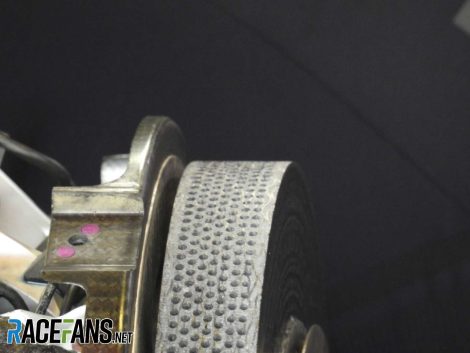
“We hope to move to an energy-based formula, rather than a fuel mass-based formula. We’re hoping to move to something that approaches an E20-type fuel, so way ahead [double] of where the road industry is. We have a target to reduce greenhouse gas emissions.
F1’s sustainability programme will “catch people’s attention”, Symonds believes. “It is incredibly wide; it is not just about environmental, it’s about many, many other things. It’s an enormous programme that we’re launching. It’s a very exciting one. I can’t say any details about it at the moment but really, watch this space.”
“We’re looking at 60% thermal efficiency for our next generation of engines; we’re looking at P3 [high efficiency drivetrain] hybrids with a much bigger hybrid content in them; we’re looking at ceramic brakes to reduce particulate emissions. So, in Q4 of this year you will learn a lot more about that.”
Symonds urged F1’s supplier base “not to fear change in Formula 1, but embrace it: We’re taking proactive steps to protect what we have, and to grow it in a sustainable way.”
He gave the impression F1’s future is bright; certainly, very bright green.
RacingLines
- The year of sprints, ‘the show’ – and rising stock: A political review of the 2021 F1 season
- The problems of perception the FIA must address after the Abu Dhabi row
- Why the budget cap could be F1’s next battleground between Mercedes and Red Bull
- Todt defied expectations as president – now he plans to “disappear” from FIA
- Sir Frank Williams: A personal appreciation of a true racer




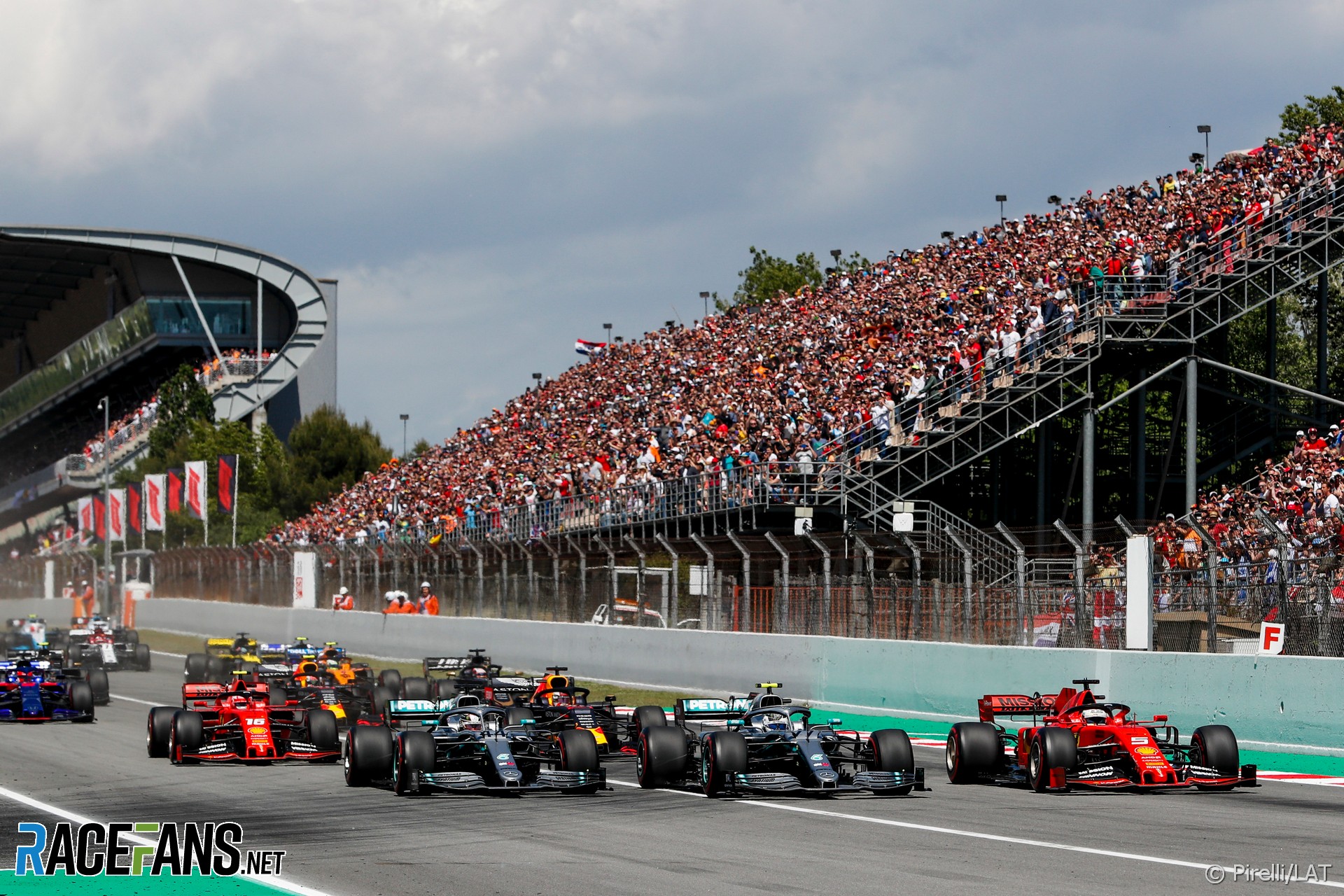
Jon Bee
24th July 2019, 23:07
A cost cap will enable LM to make a greater profit, so they can pay back the massive loans put on F1 by CVC and Bernie.
One large factory knocking out wheels for all the teams at a fixed price will expecting to make a profit. What proof is there that parts being supplied will be up to the standard of current F1 parts if they are made to a price? What is there to stop Large Factory sub contracting their work to some sweat shop? How many skilled UK workers will lose their jobs so Ferrari continues to get their annual bonus?
Dave
24th July 2019, 23:20
“massive loans put on F1 by CVC and Bernie”
Come again?
Bernie walked away with all the money. Liberty borrowed the money they gave him. Who put massive loans where?
I know there’s a trend these days towards ideas popular in the thirties, but Bernie’s not even Jewish. You’re on the wrong site. The Österreichring is not the name of a concentration camp.
Jose Lopes da Silva
25th July 2019, 9:57
:-D
By the way, I wonder why isn’t this site discussing new Premier Johnson’s role in F1 evolution, in the short run.
Paul A (@paul-a)
24th July 2019, 23:34
Mr Symonds is pushing his luck. Ten years ago he was banned from F1. Now he’s a politician, playing to “public opinion.” He claims that “green” is the future; it might be, but then why isn’t he talking about Formula E? He claims that “single source” suppliers will cure budget dominance problems, but forgets or ignores that technical innovation will be killed.
F1 has, for the sixty-nine years that I’ve been following (since the first Silverstone GP, maybe not “F1”) and involved, has been a petrol (“gas” in American) driven motor sport with extremely brilliant, genius level, thinking, engineering and results.
Mr Symonds’ comments, cowtowing to mediatic monetary pressure — not true understanding of F1’s legacy and potential future — are truly sad.
JohnH (@johnrkh)
24th July 2019, 23:35
Um OK E10 is currently the most common but some countries use E20 or higher already. In fact in some US states and several European counties E85 is available.
As far as engine efficiency goes Mazdas SkyActiv-X engine is currently the most efficient conventional Rd petrol engine I think, I don’t know it it runs E type fuel though, or if it is above 50%.
So Merc are now at 50% for their race engine, reaching 60% will be quite a challenge using E type fuels will make it more difficult I would think, but we will see.
@HoHum (@hohum)
25th July 2019, 0:35
E type fuels have less energy per litre/gallon but also have less mass per L/G so the difference may actually be a plus, measured per kg.
Dave
24th July 2019, 23:53
If we really want to see progress, ban (or at least limit) radiators. All that waste heat is energy that could be used.
JohnH (@johnrkh)
25th July 2019, 3:55
I think Merc are leading the way with that :)
DB-C90 (@dbradock)
24th July 2019, 23:59
It must have been a heck of a meeting, and I imagine that Symonds got out of there as quickly as he could after delivering that address.
Apart from the fact that he delivered the same sort of blue sky motherhood statements that Liberty seem to roll out continuously it seems that he really had nothing of comfort to tell the attendees.
In the business world, I’ve yet to see the concept of single supplier deliver savings (or quality) in the medium/long term so I don’t see it being any different for F1.
Same with built to specification – all that usually does is increase costs because it adds a layer of reporting and compliance that has to be in place, not to mention the cost of re-tooling in many cases.
But not to fear… “we’re going greener” (have they told Mercedes, Ferrari, Renault and Honda yet) so teams will probably have to pay more for PU’s and will have even less to spend on products you make if you’re lucky enough to be the manufacturer making them.
I admire Liberty for taking on a dead cat, but wishing it to be better by spouting the same sorts of things that failing companies all over the world do isn’t going to generate much more than change for changes sake. AND they’ve just set up the FIA in the same speech to say that if the regulations aren’t good, it was the FIA’s fault, not Liberty’s.
Jimmi Cynic (@jimmi-cynic)
25th July 2019, 5:49
@dbradock: Well said.
Although the “going greener” initiative is important. Have to assume no more fly-away races serviced by jumbo jets. All the gear will be sent round the world on sailing vessels. With the team personal as the crew. Talk about cost savings!
Gabe
25th July 2019, 1:13
Sorry, you lost me when you used Pat Symonds as a source. The biggest cheat in F1 history has no business deciding anything about the future of the sport. This guy shouldn’t have an audience anywhere other than his cellmate.
Remmirath (@remmirath)
25th July 2019, 23:59
The level at which he’s still allowed to operate in F1 is completely baffling, but as he was giving the address, I don’t see how using him as a source would have been avoidable in this case.
Ericglo
26th July 2019, 10:22
Is there more than the Renault crash that makes him the biggest cheat?
Some might argue those involved with McLaren was worse.
Ericglo
25th July 2019, 18:38
I love the thinking of whoever asked this question. While one team might get it right, it probably wouldn’t be a multi year dominance like Mercedes.
Also it seems that limiting suppliers has already allowed only the suppliers to win races in the hybrid era i.e manufacturers.